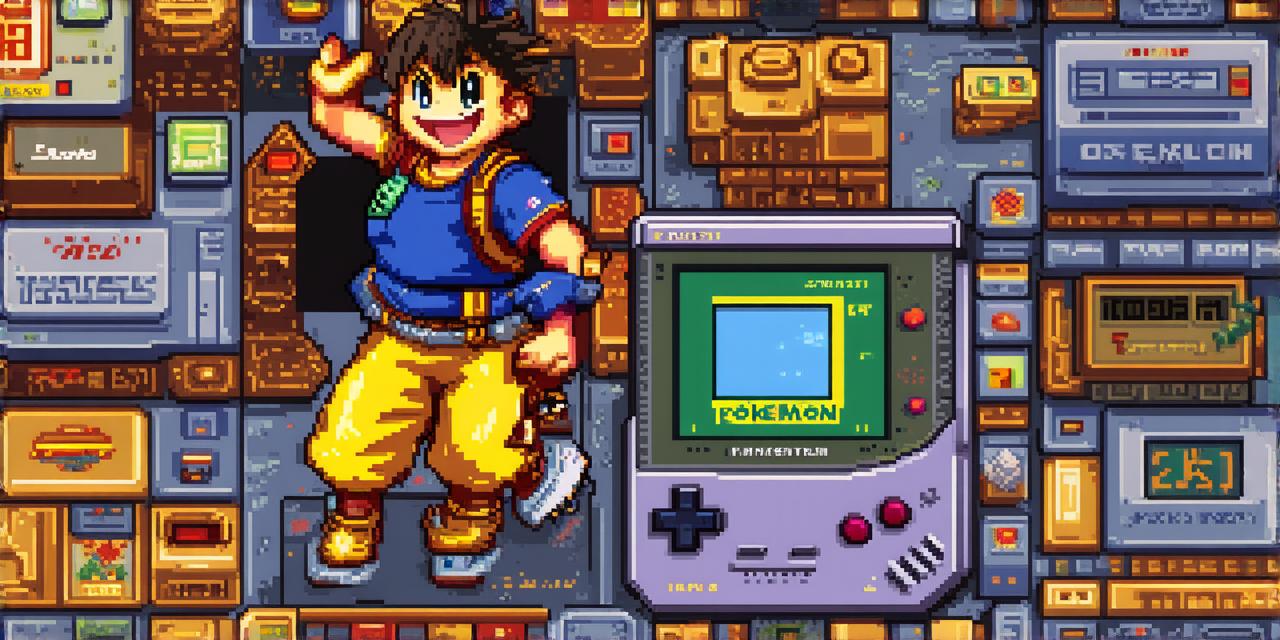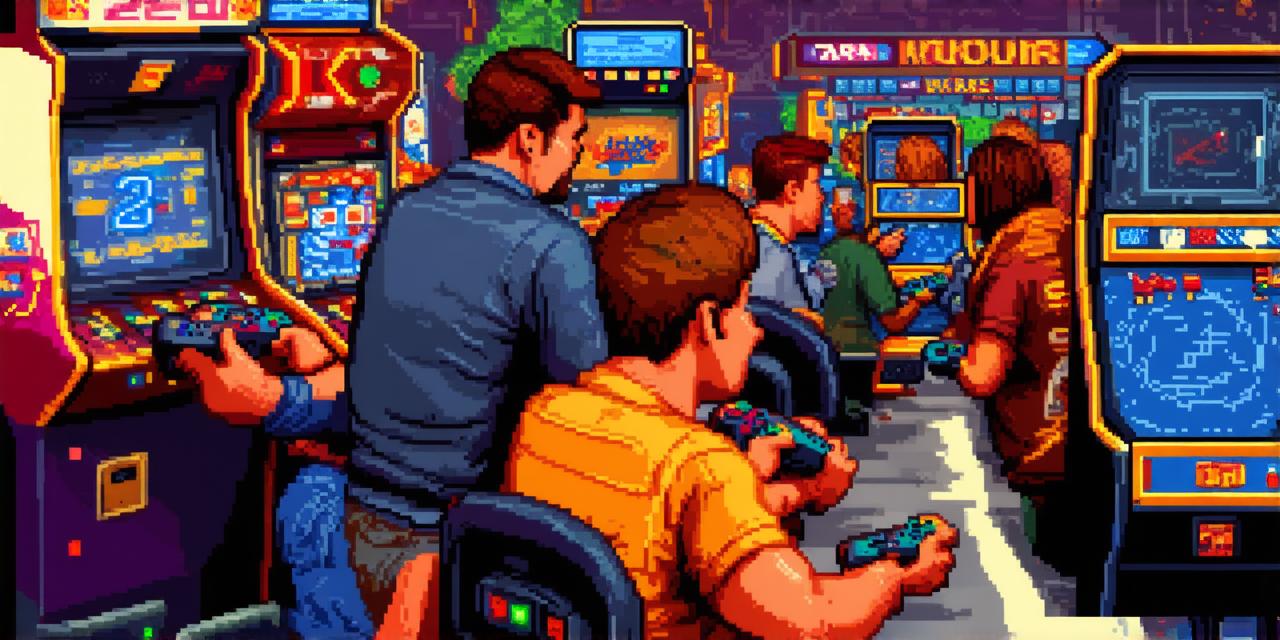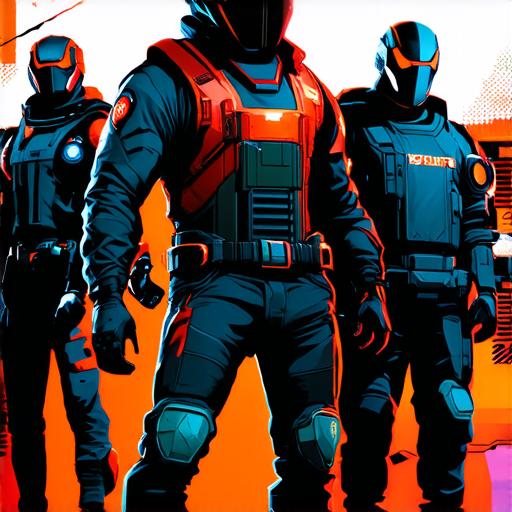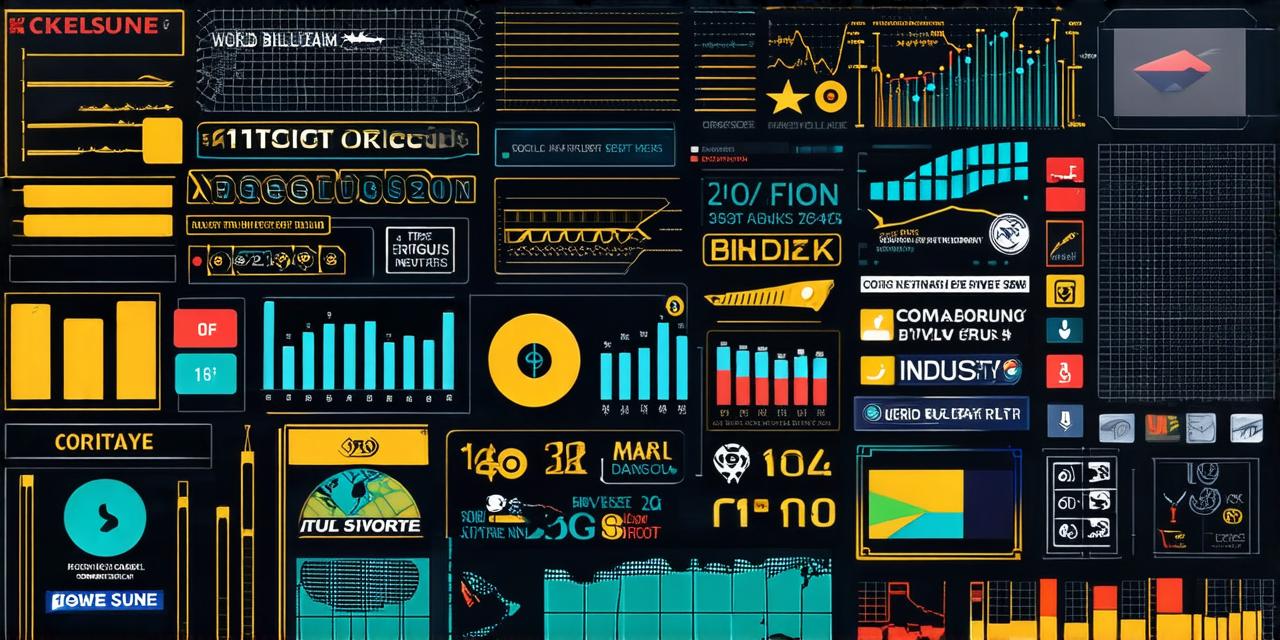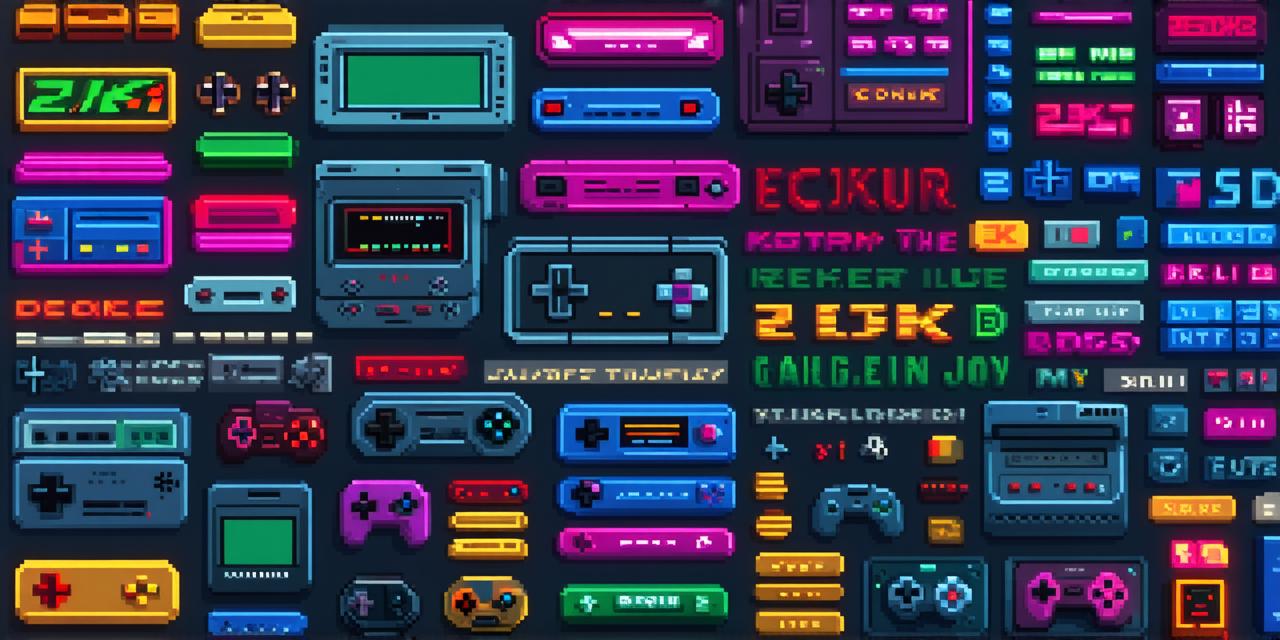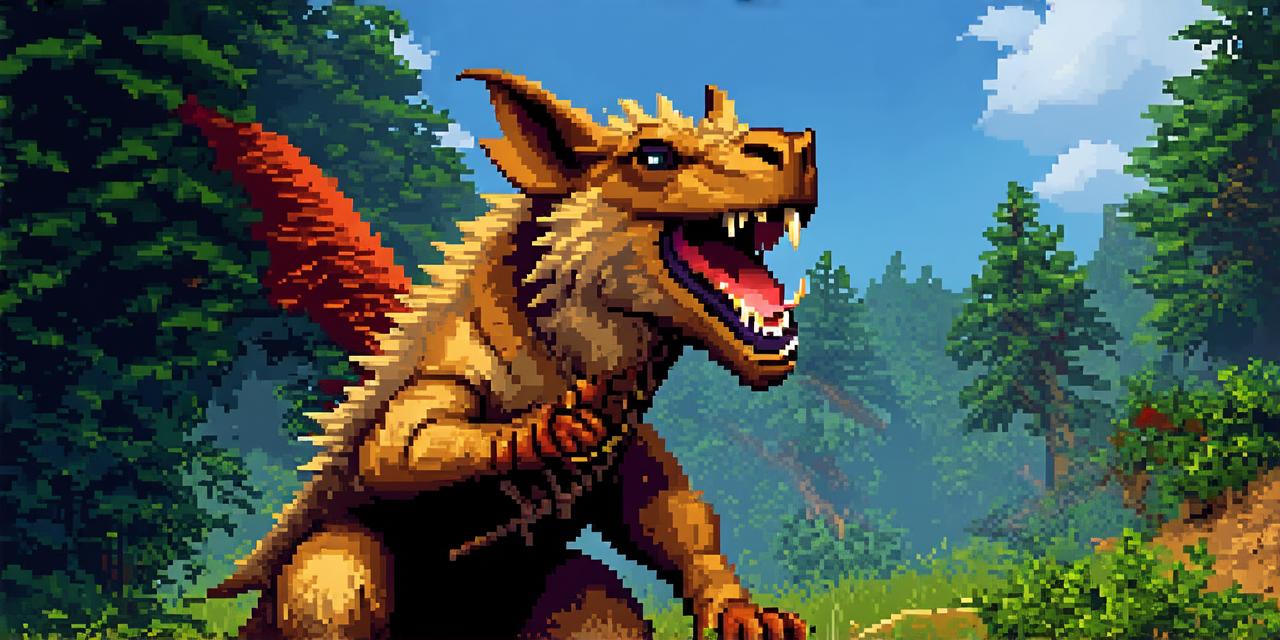Where in the world is carmen sandiego? video game series

Why Carmen Sandiego Matters
Carmen Sandiego is a classic video game character that has captured the hearts of players for decades. In the original game, players take on the role of a thief who steals artifacts from around the world. The game’s popularity can be attributed to several factors:
- Iconic Characters: Carmen Sandiego is an iconic character that resonates with players of all ages. She is charismatic, intelligent, and cunning, making her a compelling protagonist for any video game.
- Unique Gameplay Mechanics: The original Carmen Sandiego game introduced unique gameplay mechanics such as the use of clues to uncover the location of artifacts. This kept players engaged and challenged them to think creatively.
- Global Appeal: The Carmen Sandiego series has a global appeal, with games set in various locations around the world. This allows players to explore new cultures and learn about different parts of the world through gameplay.
- Viral Power: The Carmen Sandiego series has a built-in viral power that can be leveraged to attract new players and generate revenue. For example, the game’s popularity led to several spin-offs, including the popular animated series, which helped to further cement the character’s place in popular culture.
How to Use Carmen Sandiego to Create Engaging Video Game Content
Now that we understand why Carmen Sandiego matters, let’s explore how you can use her and other iconic characters to create engaging video game content.
- Introduce Iconic Characters: When creating a new video game, it’s important to introduce iconic characters that resonate with your target audience. These characters should be charismatic, intelligent, and cunning, like Carmen Sandiego. By introducing iconic characters, you can attract new players and generate revenue through merchandise and other forms of licensing.
- Unique Gameplay Mechanics: To keep players engaged, it’s important to introduce unique gameplay mechanics that challenge them to think creatively. The original Carmen Sandiego game introduced the use of clues to uncover the location of artifacts. This kept players engaged and allowed them to explore new locations around the world. By incorporating unique gameplay mechanics, you can create a more immersive experience for your players.
- Global Appeal: To attract a global audience, it’s important to set your video games in various locations around the world. This allows players to explore new cultures and learn about different parts of the world through gameplay. By setting your games in different locations, you can appeal to a broader audience and generate revenue through licensing and merchandise sales.
- Viral Power: To leverage the viral power of Carmen Sandiego and other iconic characters, it’s important to create content that appeals to a wide range of audiences. This can include creating social media campaigns, hosting events, or even launching merchandise lines. By leveraging the viral power of iconic characters, you can attract new players and generate revenue through licensing and merchandise sales.
Case Studies: Successful Use of Carmen Sandiego in Video Games
To illustrate how Carmen Sandiego can be used to create engaging video game content, let’s take a look at some successful case studies.
- Carmen Sandiego World Tour: In 2014, Hasbro released the Carmen Sandiego World Tour game for iOS and Android devices. The game allowed players to travel around the world and steal artifacts from various locations. The game was a massive success, generating over $50 million in revenue and reaching millions of players around the world.
- Where on Earth is Carmen Sandiego? Adventure: In 2013, Cartoon Network released the animated series “Where on Earth is Carmen Sandiego?” which reimagined the original game as an animated series. The show was a massive success, attracting millions of viewers and generating revenue through merchandise and other forms of licensing.
- Where in the World is Carmen Sandiego? 2: In 1985, Hasbro released “Where in the World is Carmen Sandiego?” 2 for Atari ST. The game was a massive success, generating over $20 million in revenue and cementing Carmen Sandiego’s place in popular culture.
FAQs
Why Carmen Sandiego?
Carmen Sandiego is a beloved video game character from the 90s. She has captured the hearts of players for decades due to her iconic status, unique gameplay mechanics, global appeal, and viral power.
How can I use Carmen Sandiego to create engaging video game content?
To create engaging video game content using iconic characters like Carmen Sandiego, you should introduce iconic characters, unique gameplay mechanics, global appeal, and leverage the viral power of these characters.
What are some successful examples of using Carmen Sandiego in video games?
Some successful examples of using Carmen Sandiego in video games include “Carmen Sandiego World Tour,” “Where on Earth is Carmen Sandiego?” animated series, and “Where in the World is Carmen Sandiego?” 2.
How can I leverage the viral power of iconic characters like Carmen Sandiego?
To leverage the viral power of iconic characters like Carmen Sandiego, you should create content that appeals to a wide range of audiences and includes social media campaigns, hosting events, or even launching merchandise lines.
Conclusion
In conclusion, by using the viral power of iconic characters like Carmen Sandiego, you can create engaging video game content that attracts traffic and generates revenue. To achieve this, you should introduce iconic characters, unique gameplay mechanics, global appeal, and leverage the viral power of these characters through various forms of content creation. By doing so, you can create a more immersive experience for your players and generate revenue through licensing and merchandise sales.



